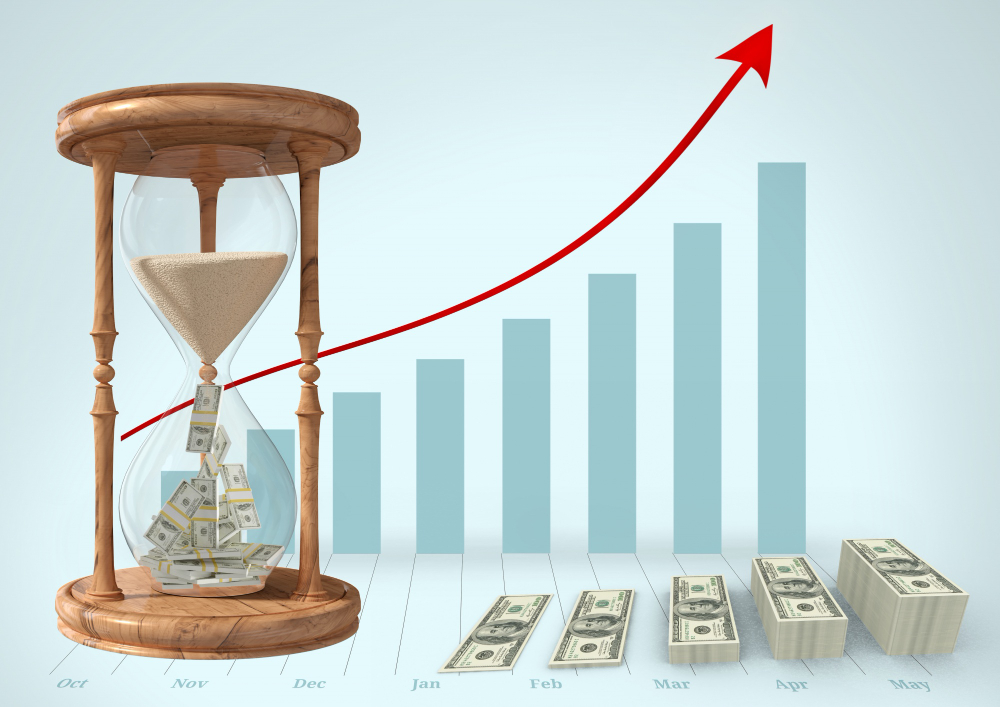
Central
The Federal Reserve plays a significant role in influencing personal loan rates and terms through its monetary policies. Here’s how:
Adjusting Interest Rates:
The central bank sets the benchmark interest rate, known as the federal funds rate. When the central bank raises this rate, borrowing costs for banks increase, leading lenders to raise personal loan interest rates. Conversely, when the central bank lowers the rate, personal loan rates tend to decrease, making borrowing more affordable.
Monetary Policy:
The central bank uses tools like open market operations and changes to the reserve requirement to control the money supply. By tightening or loosening monetary policy, the central bank can influence inflation and borrowing demand, which in turn affects the rates that borrowers offer for personal loans.
Inflation Control:
When inflation increases, the central bank typically hikes interest rates to manage it. This typically leads to higher personal loan rates. On the other hand, when inflation is low, the central bank may lower rates, resulting in lower personal loan interest rates for consumers.
Lending Environment:
By influencing the cost of borrowing for financial institutions, the central bank affects the overall lending environment. Lower interest rates often lead to increased availability of credit, while higher rates may tighten lending standards, making it more challenging to secure a personal loan.
Overall, central bank decisions on interest rates and monetary policy directly shape the cost and accessibility of personal loans for borrowers.











